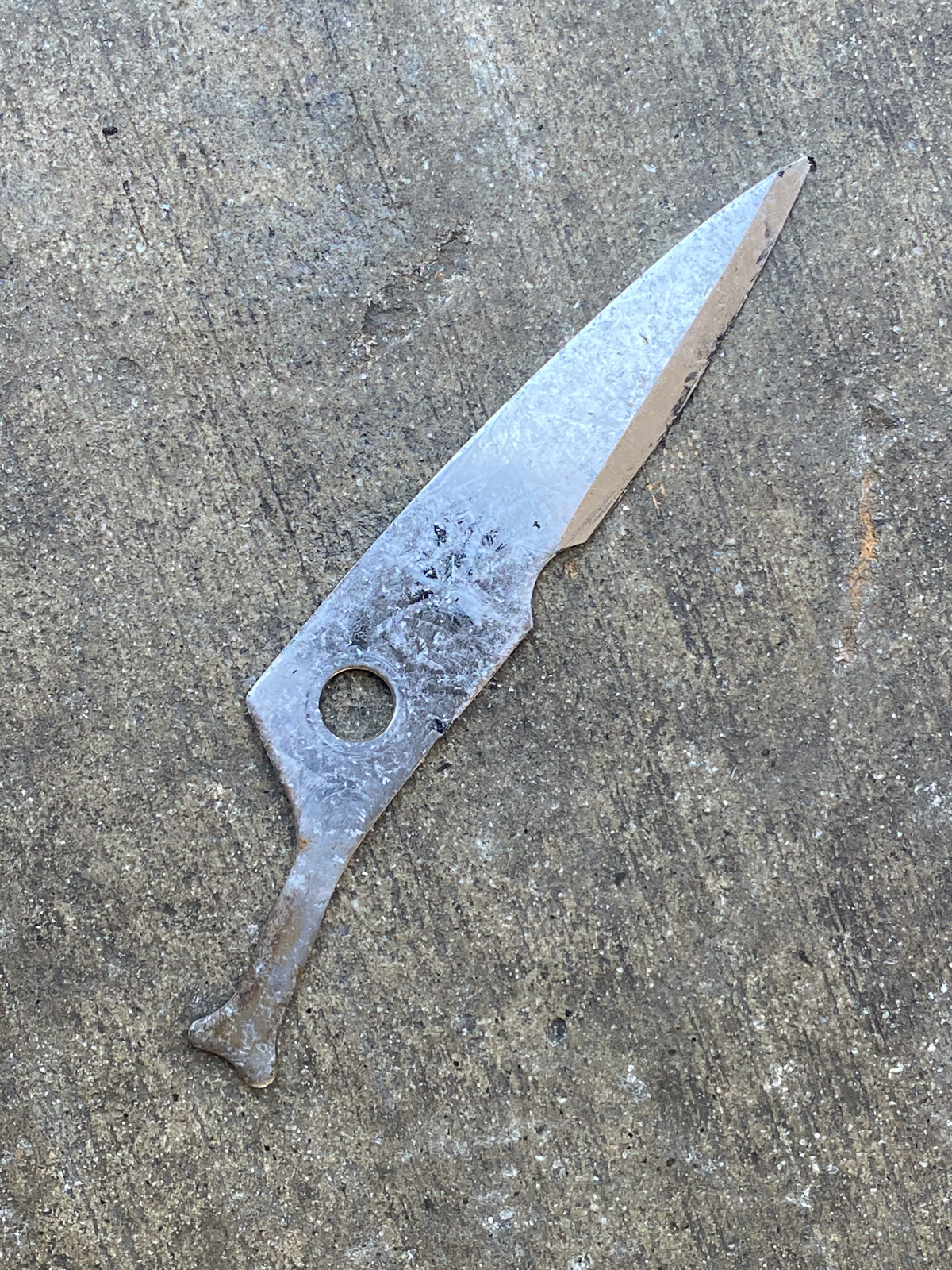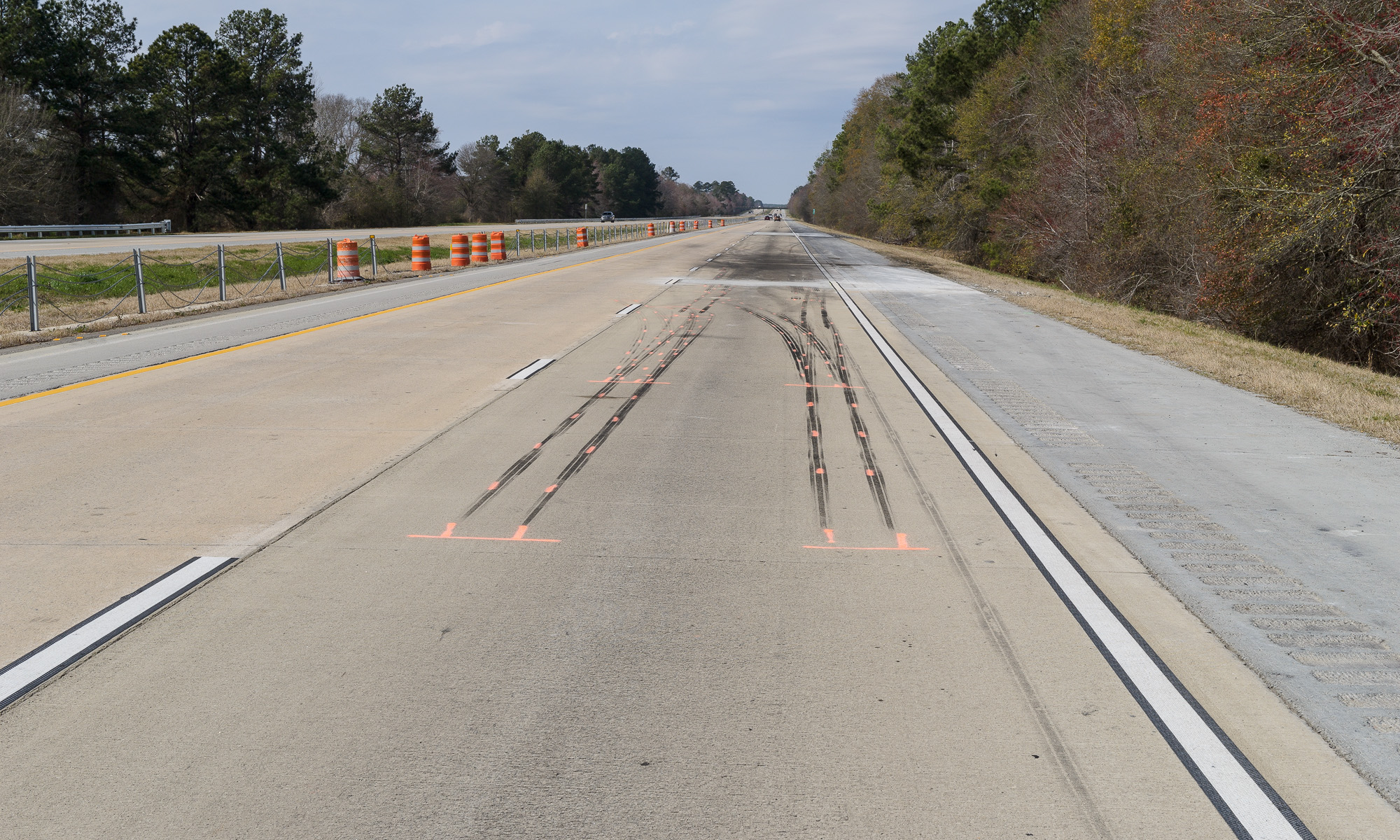While a tire expert can glean a bit of information from examining a tire that is still mounted on its rim, a tire analysis is rarely considered complete without a thorough inspection of its beads and its interior. Of course to do this, the tire has to be demounted from its rim.
It is common practice for the first tire expert who receives an assembled tire and wheel to photograph both sides of it. Next, that expert will mark the valve stem position on the outside sidewall with a tire crayon or silver ink pen (unless both beads are unseated and the tire freely rotates around its rim). Finally, the expert will have the tire demounted from its rim by an experienced tire tech. Most of the time, there is no need for other tire experts to be present during the tire demounting.
While this example is not from a case, this happened to me, and illustrates why it would have been essential to demount the tire to figure out why it failed.
I was driving my old Ford F-150 pickup to retrieve a truck tire and wheel for analysis when I heard a popping then a flopping noise from the rear. I wasn’t sure what it was, so I pulled over and saw the right rear tire had gone flat. [Click on image to enlarge, then click on back arrow to return to this post.]

I saw this fairly long radial split or cut, but couldn’t tell what had caused it. Being a tire engineer, I regularly inspect my tires while keeping them properly inflated, but I hadn’t noticed any pending issue.
At the tire store, they demounted the tire and called me over to see. Somehow, this blade from a pair of shears cleanly penetrated the sidewall, carcass, and innerliner, and ended up inside the tire. [Click on image to enlarge, then click on back arrow to return to this post.]

I would never have guessed that this long blade could have so cleanly and completely passed through the sidewall of a tire rotating at 45 mph. And without removing the tire from its rim, I would never have known what caused that radial cut.
Fortunately, in this case I knew the prior condition of the tire and about how suddenly the failure occurred.
In actual cases, it’s extremely rare to have such clean cut evidence (pun intended). In Part Two, I will show several examples of tire conditions that could only have been determined after the tire was demounted.
Takeaways:
-1- While a tire expert can gather information about a failed tire while it is still mounted, a thorough analysis cannot be completed until the tire is demounted from its rim.
-2- Demounting a tire from its rim is essential so the tire beads, the inside of the tire, and the condition of the wheel can all be analyzed. This includes examining for cracks, punctures, mounting/demounting damages, and repairs.
-3- On rare occasions like the one described, the actual cause of the failure is immediately obvious when the tire is demounted.
-4- It is common practice for the first tire expert to receive the tire and wheel assembly to photograph it as mounted, mark the valve position on the outside sidewall (if the beads are still seated), and have the tire professionally demounted. Typically, other tire experts do not need to be present for the demounting.
© Copyright 2024 Tom Vadnais. All Rights Reserved.
